WHY won’t the killers talk?
How many other dead bodies are there? Why did they resort to murder?
Was it purely territorial? Did they have something to hide like a secret outlaw bikie drug laboratory?
Or was it more macabre and did the husband-and-wife hillbillies simply like to hunt and terrorise humans?
Did the deadly duo, ultimately, get caught taking a scalp in a thrill kill?
HOW COP WARNED THERE WOULD BE MURDER
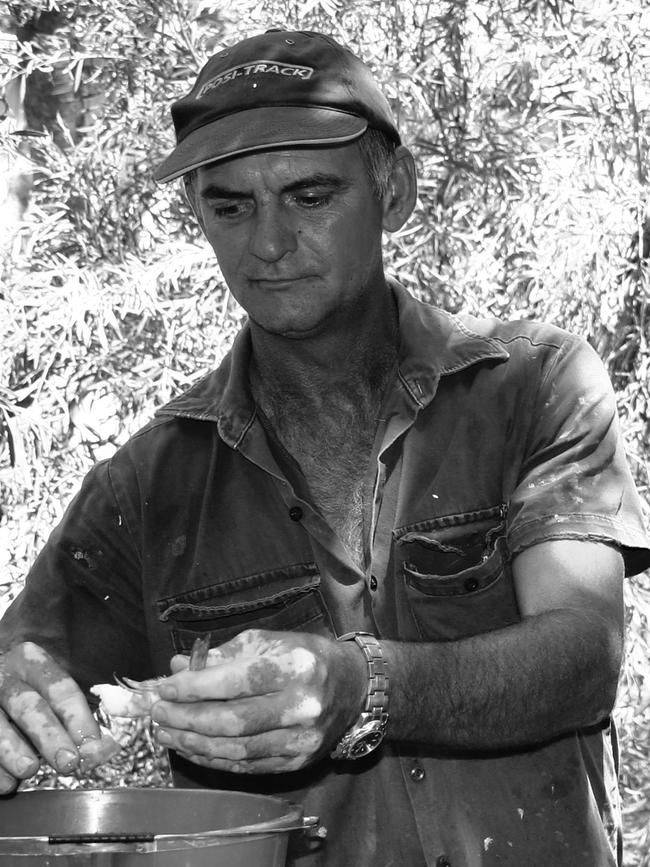
Convicted murderer Dianne Wilson-Struber – the now jailed outback Cape York cattle station owner found guilty of stalking, executing and disposing of the body of missing gold prospector Bruce Schuler – does not look evil.
But, by all accounts, she liked to ride shotgun, carrying a Winchester lever-action .22 rifle on her lap.
Her husband Stephen Struber, on the other hand, has the wild deranged appearance of a modern-day bearded bushranger.
Known as a brutish “enforcer”, the grazier and bush mechanic wielded a fearsome reputation, driven mad and lawless by isolation and adversity, his dark eyes hard as flint in a thousand-mile stare.
He wore a .357 handgun revolver on his hip.
Now, for the first time, Wilson-Struber has spoken out in a jailhouse interview about the true-crime murder mystery that made international headlines and was likened to horror films Wolf Creek and Deliverance.
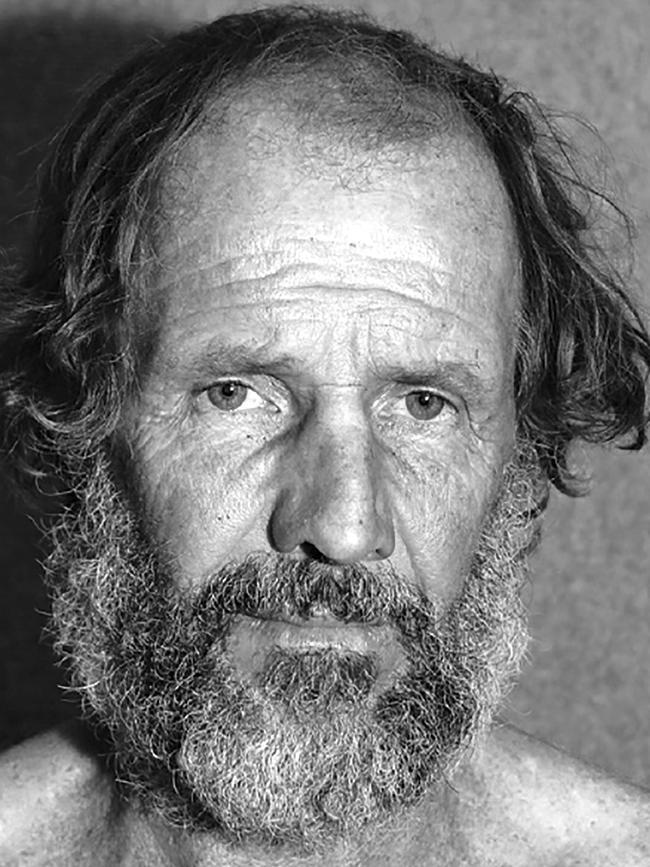

“We didn’t kill anyone,” Wilson told crime writer Robert Reid for his new book Murder on the River of Gold.
“We weren’t there,’’ she said. “We didn’t do it.”
She spoke to Reid inside Townsville Correctional Centre’s women’s prison, four years into a life sentence, the first time she has broken her silence.
She told him she believed by talking openly it might rectify an “injustice” and uncover fresh evidence that would lead to a re-examination of the Palmerville Station murder.
“Everybody up there has guns,” she told Reid.
She was convinced a fallout over drugs produced by rival miners was behind the disappearance of father-of-two Bruce Schuler, 48, who was shot dead prospecting with a metal detector in a gully near the Palmerville Station homestead in 2012.

His body has never been found and is believed stashed in a limestone cave, possibly with other slain victims, in a lost world known as the Conglomerates.
“They’re on the dole and growing dope and we were always having trouble with them on our place,” Wilson said.
She dismissed persistent claims among Palmer River locals about large numbers of gas bottles seen going into Palmerville, with the implication the gas was used in an illicit large-scale meth laboratory, either by themselves or outlaw bikie gangs.
“We weren’t making drugs, that’s ridiculous.
“Yes, I am angry, very angry, but I don’t show it. There’s no point. But if they want me to say I murdered him, I refuse, because I didn’t do it.
“Don’t you think I would show them where it (the body) is if I knew?”
The No Body, No Parole rule, inspired by a four-year campaign led by Schuler’s widow Fiona Splitt, means unless she directs police to where the victim’s body is buried, she will stay in prison until she dies.
“Well, I can’t say where he is because I don’t know.”
Reid, who eyeballed her, said: “That’s bullshit.”
“I told her she was a bloody good liar,” he tells Insight.
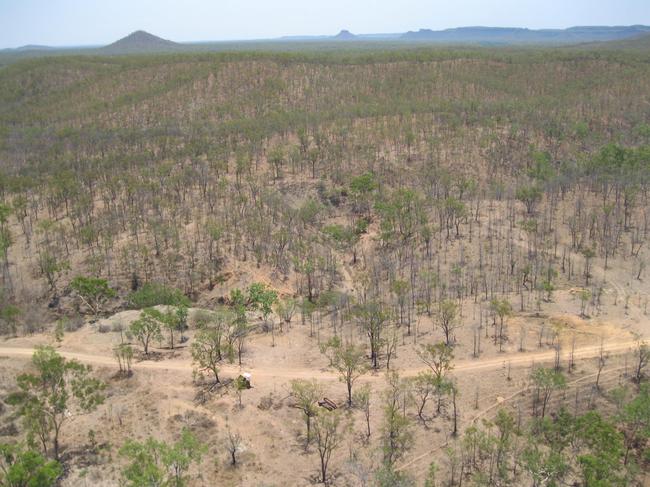
To understand the violent tensions between prospectors and graziers, it helps to know the “gold fever” history of the Palmer River goldfields and the wild, harsh and unforgiving landscape of central Cape York.
Explorer James Venture Mulligan, who led the world-famous Palmer River gold rush in 1873, said: “It is a poor place … for God’s sake do not attempt to come, as people caught out in that direction without rations must perish.”
Within a year, about 15,000 diggers were on the Palmer goldfields – 10,000 of them Chinese – and under frequent attack by fierce tribes of Aborigines, who resented the invasion of their lands; Maytown became the focal point.
Lured by the promise of untold wealth, it proved to be one of Australia’s largest and richest alluvial gold deposits where still today big gold nuggets can be picked up in the dry gullies of the “River of Gold”.
The original township of Palmerville survived as a pastoral leasehold, covering about 1360sq km and was won in a government ballot by Wilson’s father in 1964; she lived there from the age of two.
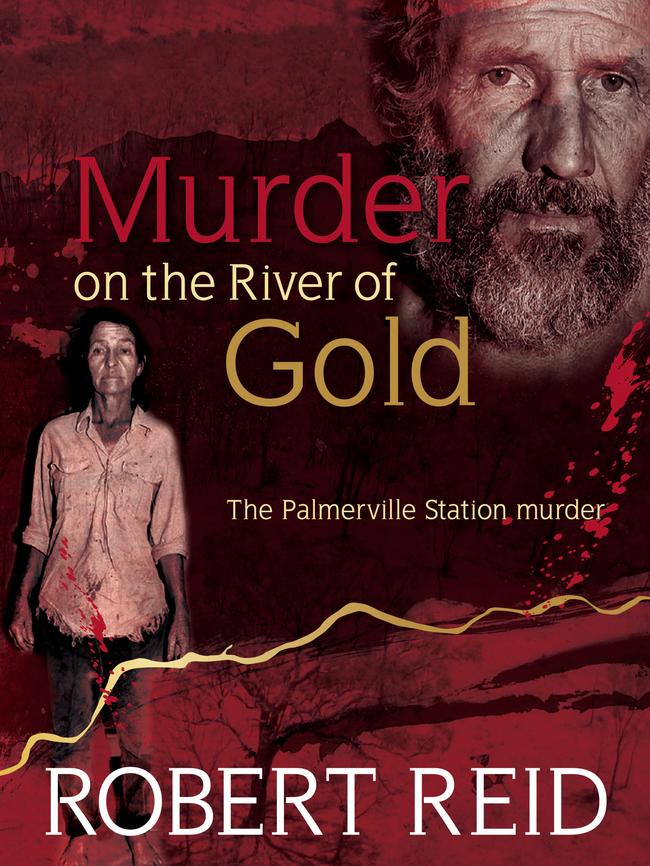
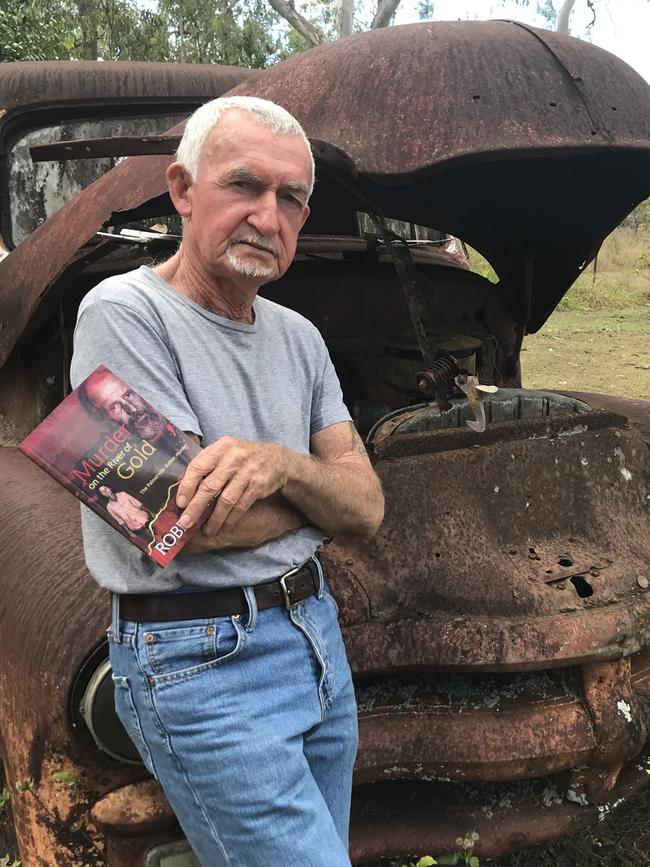
In his new book, Reid, 79, a former north Queensland correspondent for The Courier-Mail who also penned The Search, on the murders of Vicki Arnold and Julie-Anne Leahy at Cherry Tree Creek in 1991, speaks to locals and police.
He reveals at least 20 instances of intimidating behaviour by Struber and his wife that escalated over two decades from a bitter feud into a reign of terror that spills over into violence, bloodshed, threats, gunshots and, finally, murder.
At the heart of it was a frontier pastoral family in a private war with gold prospectors who they believed were trespassing on their country.
Fossickers using metal detectors would burn off grass on their cattle property, and take whatever gold they found.
No body. No murder weapons. No eye witnesses. No confessions. It was a hard case to put together to convince a jury beyond all reasonable doubt.
Lead investigator Detective Sergeant Brad McLeish, renowned as a straight-talking lawman, told of the circumstantial murder case.
Fellow prospectors Dan Bidner and Tremaine Anderson gave evidence they saw the Strubers pull up in a farm ute. They heard two shots.
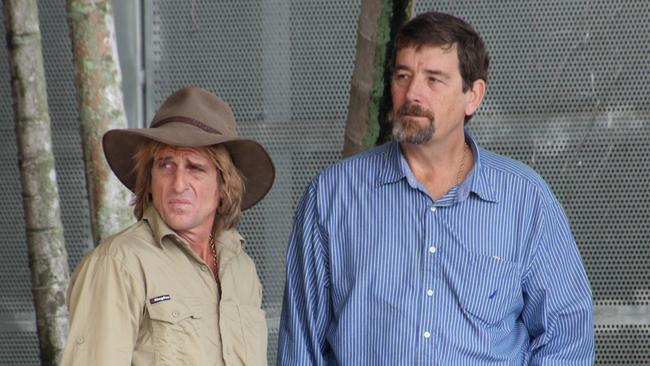
But a small burnt out patch of blood splatter, later confirmed in DNA tests to be of Schuler’s blood, was the only trace to be found.
“I believe Dianne fired the first shot,” McLeish, of the Cairns CIB, said.
“The second shot, the execution shot, was a different sound.
“Struber had another option. He could have pointed the finger at Dianne and walked away as a witness, but he didn’t. She was known to hold the gun and he could easily have pointed the finger at her, and because he didn’t, makes me think he fired the second shot, a revolver shot, the execution shot, more than likely from the revolver he wore on his hip.
“And of course that revolver is missing, and the Winchester .22 she used is missing, and they’ve gone missing because those bullets will be in Bruce’s body.
“If they fired the first shot deliberately at him, they’ve wounded him, they still could have walked away, but they followed up with the chase 100 metres down the creek, the execution shot, and the body disappears.
“There’s no doubt they put the body on the back of the ute and lit the fire to get rid of traces of blood. Who fired the second shot? We don’t know.”
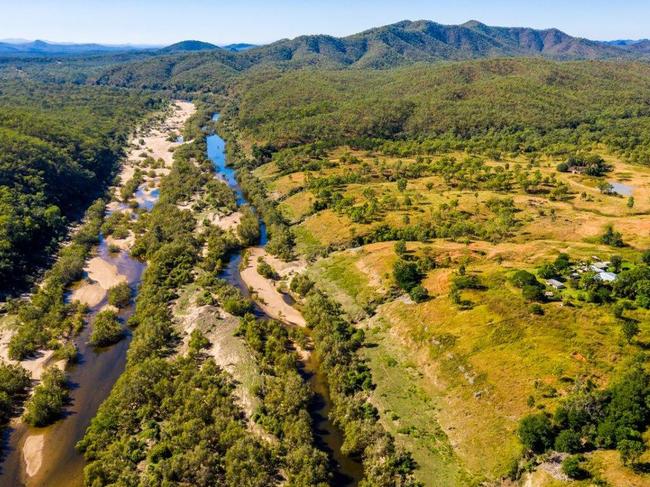
He described Struber as an “absolute bully” with a history of domestic violence towards Wilson. Both of them “strange individuals, cold and emotionless”.
“Dianne is a victim of her upbringing. She kills a beast, takes it back to the house and cuts it up. That’s how she’s lived. She’s a hard, hard woman. To look at her hands, she’s got the hands of a man who has lived off the land.”
He said the body could’ve been dumped “five hours away, ten hours away” from the property in a cave, mineshaft or a shallow grave given the window of time the pair had to cover their tracks.
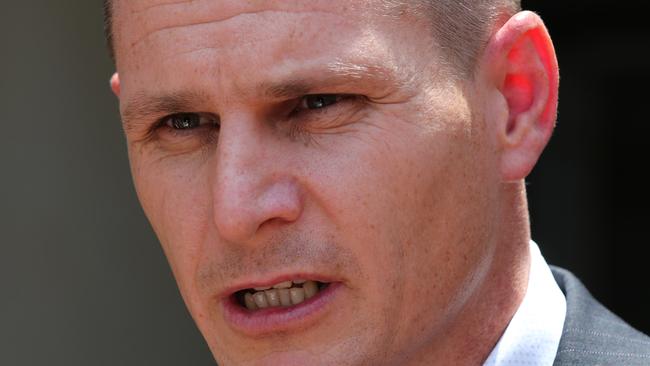
McLeish also told Reid he could not rule out the possibility the Strubers had killed before, and where Schuler’s body is, there could be more. And that is the reason why they won’t talk, he suspects.
“They are only rumours. There’s talk of a murdered backpacker up there, and talk about an older body that’s been there for years, but we don’t have any reports of missing people in that area for decades,” McLeish said.
“I still believe in Struber’s mind he is not going to tell us where Bruce’s body is, because when we do find Bruce’s body, we’re going to find a bullet hole directly in his forehead, and probably find the bullet and gun that killed him.
“He knows he executed him, and knows that when we find the body, we’ll find evidence of that execution, and therefore in his mind, it will 100 per cent put the nail in his coffin.
“When Palmerville Station is sold, there will be a thousand people up there searching for Bruce. Struber knows that. He’s basically running the show from prison, still controlling the finances and the cattle, and still in charge.”
Expressions of interest for Palmerville Station close on Thursday, with an asking price of about $4 million.

Widow Fiona Splitt wants closure.
She hopes to ask the new owners for permission to explore the property for some trace her slain husband.
She hopes the sale of the family property, the publicity around the new book and the no body, no parole laws will be enough to get Wilson to confess her guilt.
“I just want to know where Bruce is,” she tells Insight.
“All I want to do is bring him home.”


Photos show chilling find at US Wieambilla accused’s house
Prosecutors fighting to allow Australian police to give evidence in the upcoming trial of Donald Day, who is linked to the Wieambilla massacre, say the cases have chilling similarities.
Shock link between UK child killer and Aussie bishop stabbing
The teen who murdered three little girls at a Taylor Swift-themed dance class in England had searched for material on the stabbing of a Sydney bishop.